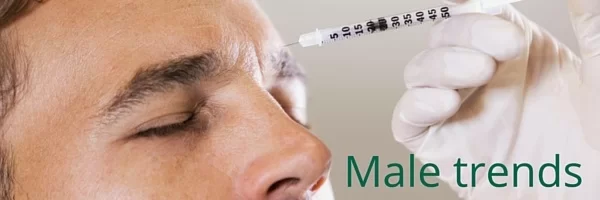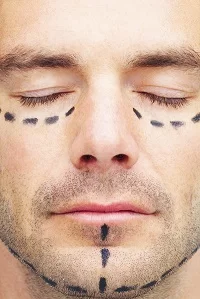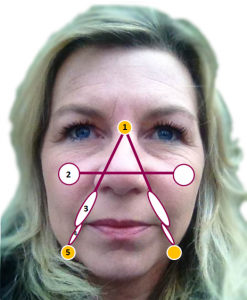
Independent Pharmacist Shailesh Patel chats about the increase in cosmetic procedures in men over the past year.
The male market has been steadily growing over the years as male consumers increasingly seek out treatments to support their lifestyle choices.
Although a small segment of the aesthetic market, recent data from the British Association of Aesthetic Plastic Surgeons (BAAPS) has shown  that male clients made up 9% of the total number of those undergoing cosmetic surgery operations in the UK. These numbers have nearly doubled over the past decade (from 2,440 procedures in 2005 to 4,614 in 2015). However, treatments for men tend to be less invasive than for female clients.
that male clients made up 9% of the total number of those undergoing cosmetic surgery operations in the UK. These numbers have nearly doubled over the past decade (from 2,440 procedures in 2005 to 4,614 in 2015). However, treatments for men tend to be less invasive than for female clients.
This trend could be driven by the subgroup of the millennials known as young urban males (Yummies). These individuals tend to focus more on personal grooming and health than other age groups. This age group tends to marry later, meaning that they can invest in themselves and their appearance for longer than other age groups.
It is also important to remember that men are unique both physiologically and behaviourally. Having an in-depth knowledge of the male anatomy and suitable training is important to meet the needs of male clients 3.
You should have a separate marketing strategy to target males. Options include; advertising to men through your female clients (husbands, boyfriends, sons, etc.), having specific areas for male clients in your clinic and sections on your website and social media activities focusing on male clients.
Cosmetic Courses have also seen an increase in enquiries for male models. By having a diverse range of sexes, this gives our delegates the best experience in understanding the differences between the sexes, and the techniques that would work best when treating male and female faces.
If you would like to become a model for Cosmetic Courses, please call the team on 01844 390110 or fill in our Contact form
About Pharmacyspace
Pharmacyspace, based in Aylesbury, Buckinghamshire, provides cost effective medical products and consumables for your clinic. Feel free to talk to us about how we can support you with both your male and female clients.
 With age, facial volume migrates gradually southwards. This changes the shape of the face from the inverted triangle of youth, with its apex facing down, to the traditional triangle of middle age and beyond, with its apex facing up.
With age, facial volume migrates gradually southwards. This changes the shape of the face from the inverted triangle of youth, with its apex facing down, to the traditional triangle of middle age and beyond, with its apex facing up.







